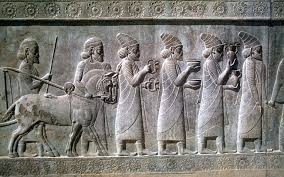A Unique Figure in Aztec Mythology
In Aztec mythology, Xolotl stands out as a complex and intriguing deity. Often associated with death, lightning, and the underworld, Xolotl was both feared and revered. Unlike other gods who represented life and creation, Xolotl guided souls through the dangerous journey of the afterlife, highlighting the Aztec understanding of mortality and cosmic balance.
Xolotl’s Role in the Underworld
Xolotl was primarily known as the companion of the sun god during its nightly journey through the underworld. He helped guide the deceased safely across treacherous paths, protecting them from malevolent forces. In this role, Xolotl embodied duality: both a protector and a symbol of inevitable death, demonstrating that life and death were intertwined in Aztec belief.
Connection to Lightning and Transformation
Beyond the underworld, Xolotl was linked to lightning and fire, symbolizing sudden change and the unpredictable forces of nature. He was also considered a shapeshifter, appearing in various forms, including the dog-headed god. This fluid identity emphasized the Aztec view of life as a cycle of transformation, death, and rebirth.
Symbolism and Cultural Influence
Xolotl represented the boundaries between life and death, light and darkness. Dogs, often associated with Xolotl, were believed to guide souls across the underworld. His mythology reflects the Aztecs’ respect for the forces of nature, cosmic cycles, and the spiritual responsibilities of humans.
Conclusion
Xolotl remains a fascinating figure in Aztec mythology, embodying protection, transformation, and the inevitable presence of death. His stories illustrate the Aztec worldview, in which life and death coexist in a delicate balance governed by divine forces.







